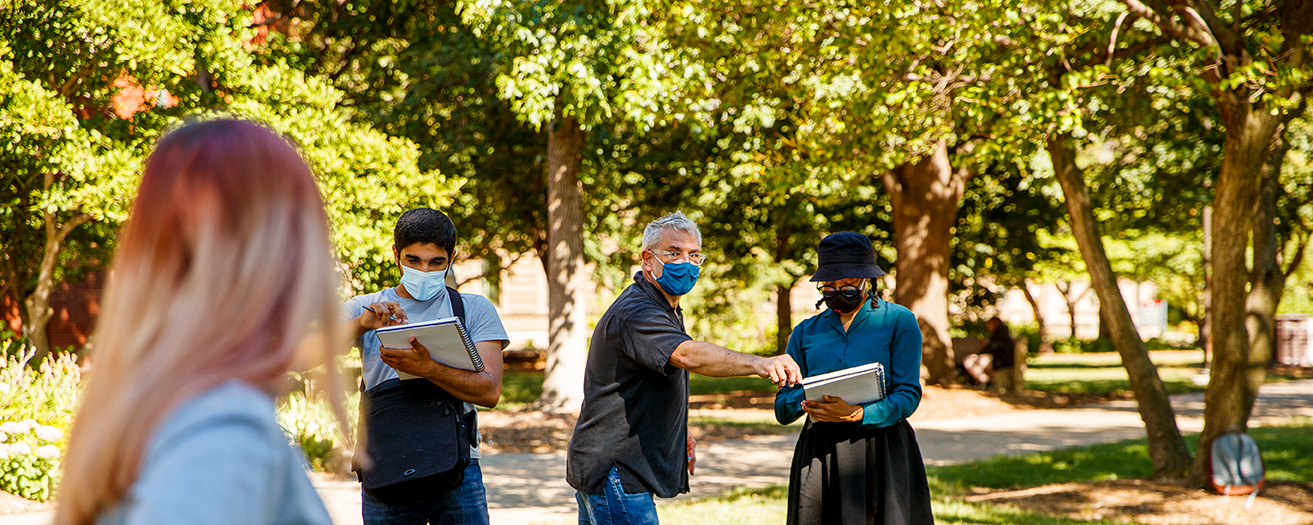Peer observation of teaching is an effective way to receive feedback on one's teaching and expand the review of teaching beyond student evaluations of courses.
Two observation forms were created and designed by the Peer Evaluation of Teaching Task Force, chaired by Professor Nicholas Monk of the CTT and Professor Mark Balschweid Chair of the Department of Agricultural Leadership, Education, and Communication. The forms are specific to the mode in which the course will be taught and are recommended by the CTT for use by anyone teaching at the University of Nebraska Lincoln.

Instructors reflect upon what areas of their teaching would most benefit from observation and feedback. Then, they share this information along with relevant course materials and access with their peer observer. The observation is conducted and within two weeks, the participating faculty meet to discuss the observation.
In-Person Observation
Use the in-person form if most of the instruction to be observed will be in person.
Online Observation
Use the online form if most of the instruction to be observed will take place online.
The Task Force was convened by the EVC's office, and part of the charge was to bring forward recommendations for effective and equitable peer evaluation of teaching. The resulting forms are designed to standardize the process of observation whilst providing opportunities for Schools, Colleges, and Departments to adapt the forms for their specific needs. The forms went through two formal pilots, other informal testing, and scrutiny from the Faculty Senate Executive Committee – who expressed their appreciation for the efforts of the Task Force. Adaptations were made in response to feedback at every stage and the forms, as well as the process the forms are designed to encourage, are now ready to be adopted.
The Task Force felt it was important to ensure that the observation forms encouraged reflection on the part of observer and observed and were committed to the inclusion of a section that the observed individual can use in departmental reviews that encompass teaching. The findings of the Task Force reflect the idea that reviews of teaching should consist of more than student evaluations. As a result these forms provide a mechanism that not only promotes reflection, but is a thorough review of best practice in teaching and learning at university level.
The forms contain detailed instructions for their effective use as both formative and evaluative tools – and it is important to stress, again, that the evaluative component is entirely at the discretion of the observed individual. Section 1 is designed to facilitate reflection on the instructors’ teaching and be undertaken significantly by the instructors themselves with support from the observer. Section 1 is, thus, formative. Section 2 is designed to be summative and may include any information from Section 1 the instructor wishes to bring to any review. The observer needs merely to read and sign off on Section 2. It is important to stress that Section 2 is optional. It is also designed in such a way that it would be hard for departments to rank individuals using this material, nor to aggregate it in any way.
‘Peer’ in this context of the observation forms can mean an instructor of similar experience within the instructor’s department, or a suitably experienced and qualified person from outside the department. The forms have been designed to include as much self-reflection as possible. They are not intended as tools to enforce particular styles or practices. The various sections direct the observer to look for particular activities/strategies/behaviors in the session/module. These are based on best practice in higher education and also the areas of teaching and learning that the university deems strategically important.
Topics
